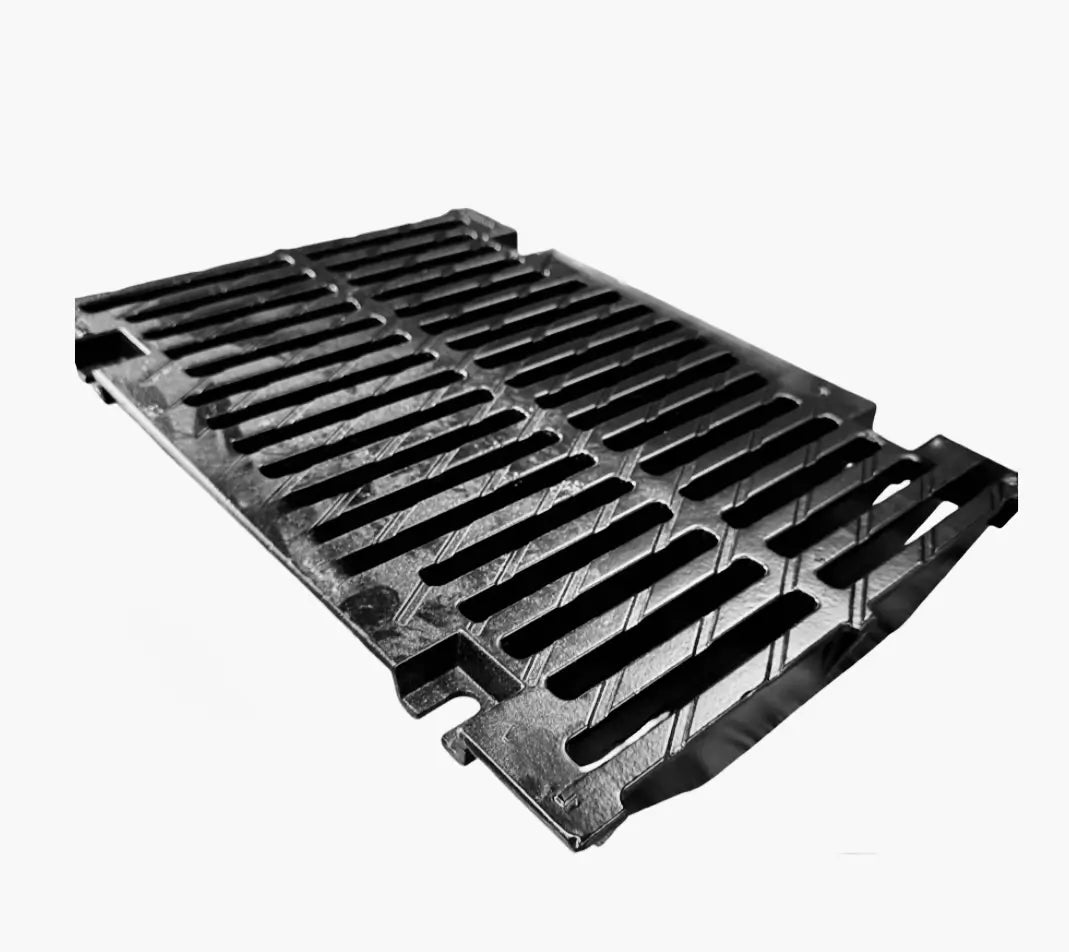
Municipal Trench Drains
Municipal infrastructure projects demand trench drain systems that perform under constant use, heavy traffic, and variable weather conditions. From city streets and public plazas to bus terminals and maintenance yards, effective drainage prevents flooding, preserves pavements, and enhances public safety. TrenchDrainCo trench drain systems are engineered for strength, longevity, and compliance with municipal and DOT standards — delivering dependable performance for cities, counties, and public agencies.
Key Requirements
-
Load Rating
Typically C250 to F900, depending on location and traffic.
• Streetscapes and intersections: D400–E600 for light to medium vehicular traffic.
• Bus terminals, transit hubs, and public works yards: E600–F900 for heavy loads.
• Sidewalks, plazas, and pedestrian corridors: A15–C250 with ADA-compliant grates.
• Parks and civic centers: A15–B125 for decorative and low-traffic zones.
Municipal drainage must handle everything from foot traffic to bus or truck loads while meeting public safety codes.
-
Material Durability
Public infrastructure exposes trench drains to weather, salts, oils, and debris accumulation.
• Fiber-Reinforced Concrete (FRC) or Polymer Concrete channels for structural strength and long service life.
• Ductile-iron grates for roadways and transit areas.
• Stainless steel or galvanized edge rails to prevent corrosion in urban environments.
• HDPE channels for cost-effective pedestrian or green-space applications.
• Epoxy or resin coatings to protect against de-icing salts and chemical wear.
-
Site Conditions
• Exposure to rainfall, snow, and debris accumulation in densely trafficked environments.
• Systems must integrate with municipal storm sewers or retention basins.
• Drainage channels must remain serviceable through freeze–thaw cycles and high runoff rates.
• ADA compliance and public safety (slip resistance, heel-proof grates) are critical.
• Aesthetic considerations often require decorative grates in civic or pedestrian zones.
• Must comply with local public works and DOT design specifications.
-
User Requirements
• Reliability: Long-term performance under continuous public use.
• Ease of maintenance: Modular grates and access points for quick cleaning.
• Public safety: Slip-resistant, ADA-compliant grates that meet municipal standards.
• Corrosion resistance: Withstand salts, oils, and pollutants in urban runoff.
• Aesthetic versatility: Grate styles for decorative or utilitarian applications.
• Regulatory compliance: Designed to meet FHWA, AASHTO, and DOT requirements.
Recommended TrenchDrainCo Systems

TrenchDrainCo FRC Municipal Series
Fiber-reinforced concrete trench drain system with ductile-iron grates — built for urban streets and public works projects.

TrenchDrainCo LEO 1200
Ductile-iron grate and frame system rated up to F900 for transit and utility zones.

TrenchDrainCo Stainless Urban Series
Stainless steel or galvanized trench drains for plazas, civic areas, and decorative installations.

TrenchDrainCo HDPE Public Series
Lightweight, corrosion-resistant option for parks, pedestrian areas, and cost-sensitive projects.

Engineering Notes
When designing trench drains for municipal projects:
- Ensure compliance with local DOT and AASHTO M306 load classifications.
- Position drains along curbs, medians, and low points to maximize capture area.
- Specify ADA-compliant grates (heel-proof, slip-resistant) for all pedestrian zones.
- Integrate trench drains with catch basins and storm sewer systems per local hydrology requirements.
- Use FRC or polymer concrete channels for extended lifespan in freeze–thaw climates.
- Employ locking grate systems in public zones to prevent theft or displacement.
- For high-visibility areas, consider decorative cast or stainless grates for architectural appeal.
- Incorporate sediment baskets and access points for simplified maintenance by municipal crews.

Built for public infrastructure. Designed for longevity.
Contact TrenchDrainCo for a trench drain system engineered for municipal and public works applications.
📞 Call us: 212-946-3798
📧 Email us: info@trenchdrainco.com







